5 quick and easy DIY garden watering system ideas to make by repurposing everyday household items
Discover how the likes of old bottles, buckets, PVC pipes, and even shoelaces can be used to keep your plants hydrated
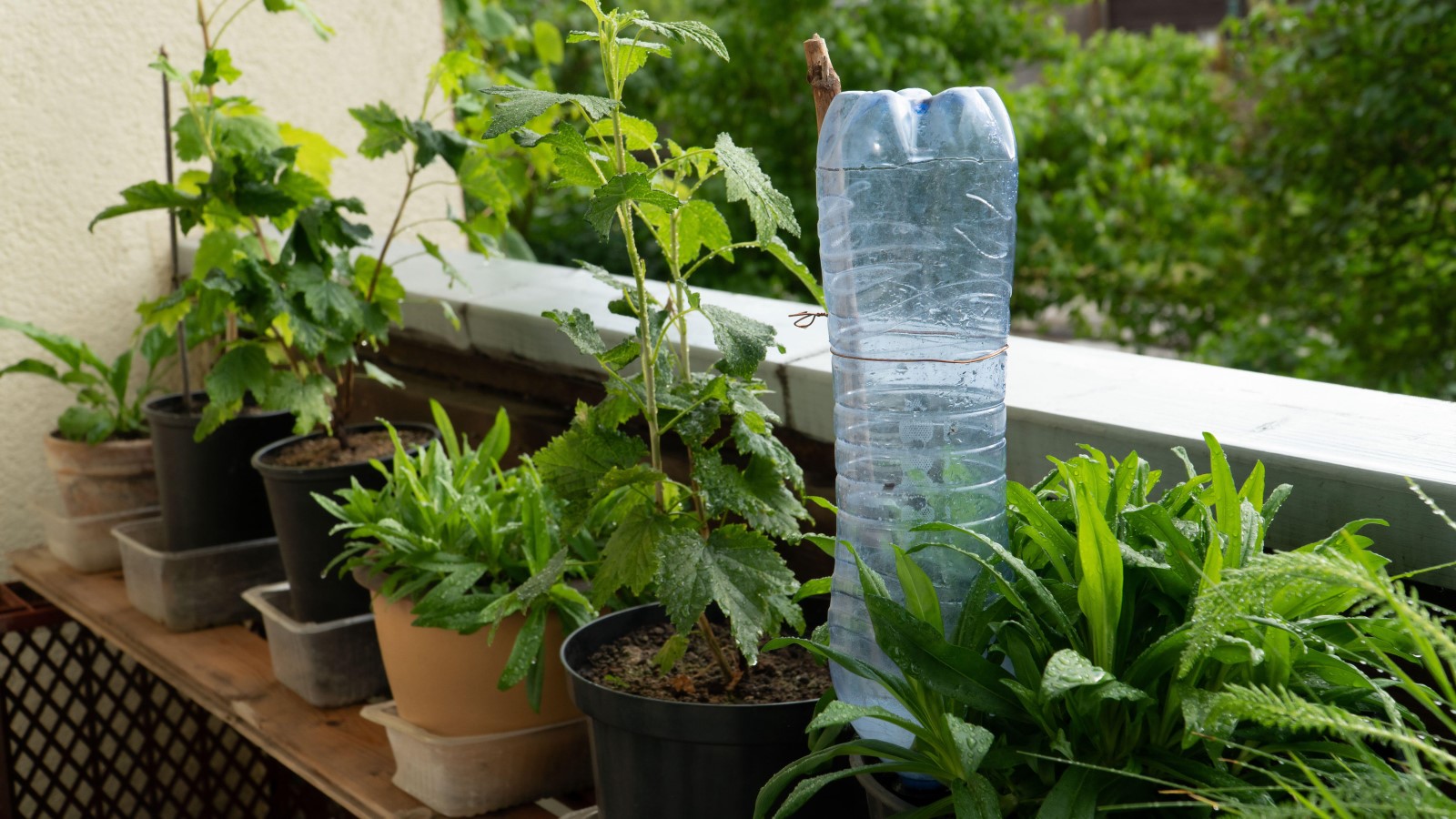

Watering plants is a constant necessity to keep them alive and thriving. Whether it is flowers in a cottage garden border or crops growing in a vegetable garden, they will need lots of water throughout the year.
Knowing when to water plants and how to water plants can be tricky and it can be especially difficult to keep plants hydrated when you are away from home for anything from a couple of days to a few weeks.
There are many DIY watering systems that can be utilized to keep your plants watered. Such budget-friendly solutions can turn everyday household items that may go to waste into valuable watering aids. Such DIY ideas do tend to be short-term solutions, but they can play a valuable part in making sure your plants, both indoors and outdoors, are consistently hydrated.
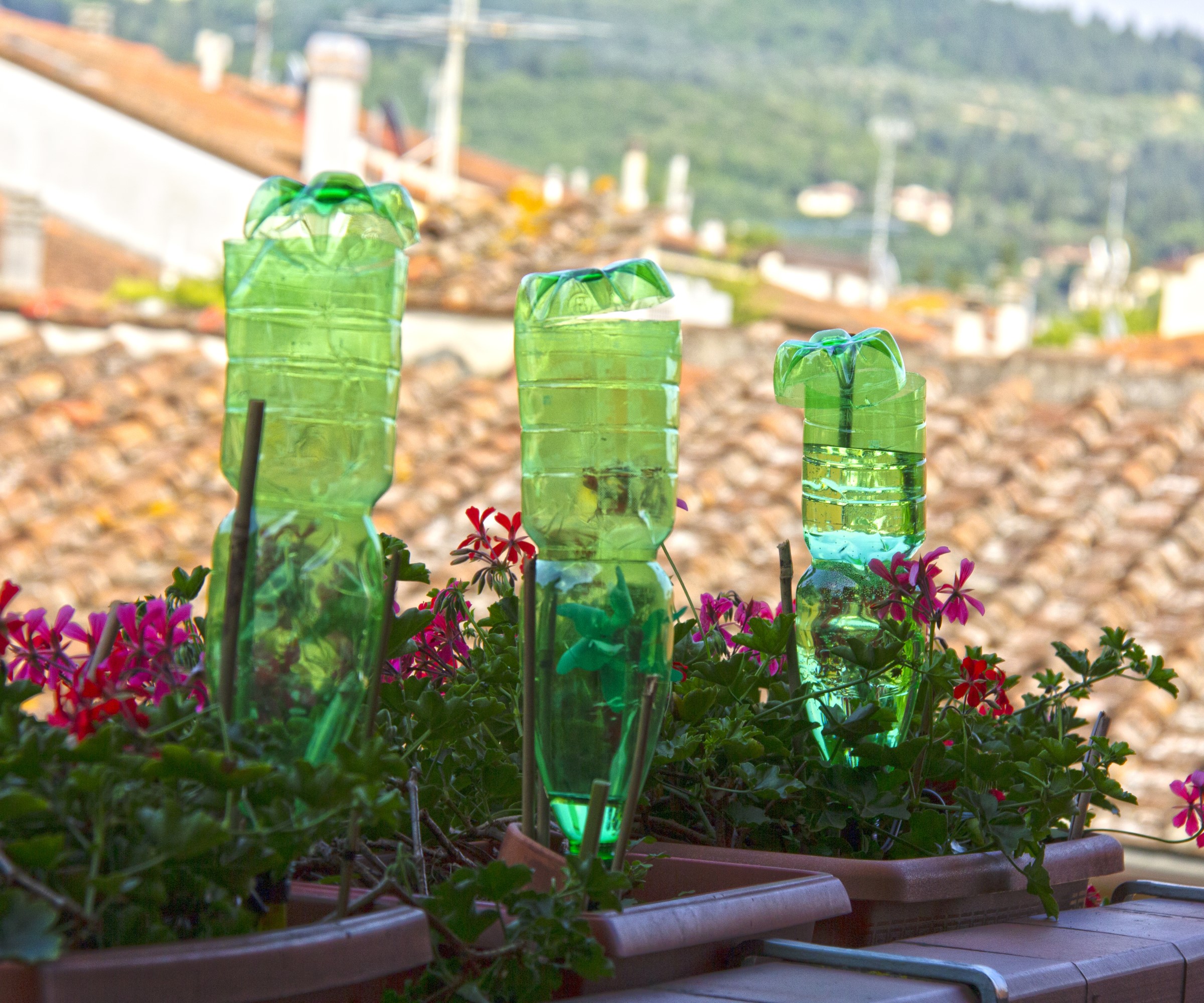
Plastic bottles watering container plants
1. Bottle drip irrigation
One of the simplest and most budget-friendly DIY garden watering system solutions you can consider is a DIY drip irrigation system made from ordinary plastic bottles. Rather than throwing away these everyday items, they can be repurposed and used to water your plants.
Amy Fedele, garden designer and founder of Pretty Purple Door, explains how she likes to turn 2-liter bottles into ‘eco-smart drip irrigators’. She says: ‘Simply cut off the bottom of the bottle, puncture holes along the sides and bury the bottle near your plants with the top facing the ground and the cap still on. This way, you can pour water directly into the buried bottle and it will slowly drip out to irrigate your plants over the course of a few days.’
These can be highly beneficial for watering plants in containers and definitely for when it comes to watering plants while on vacation. If you do not want to bury a bottle, an alternative is to poke small holes in the cap, fill the bottle with water, and place it upside down in the soil near the plant so water slowly seeps out the holes. You can also buy self-watering spikes, such as these at Amazon, that you can connect to old bottles to water plants.
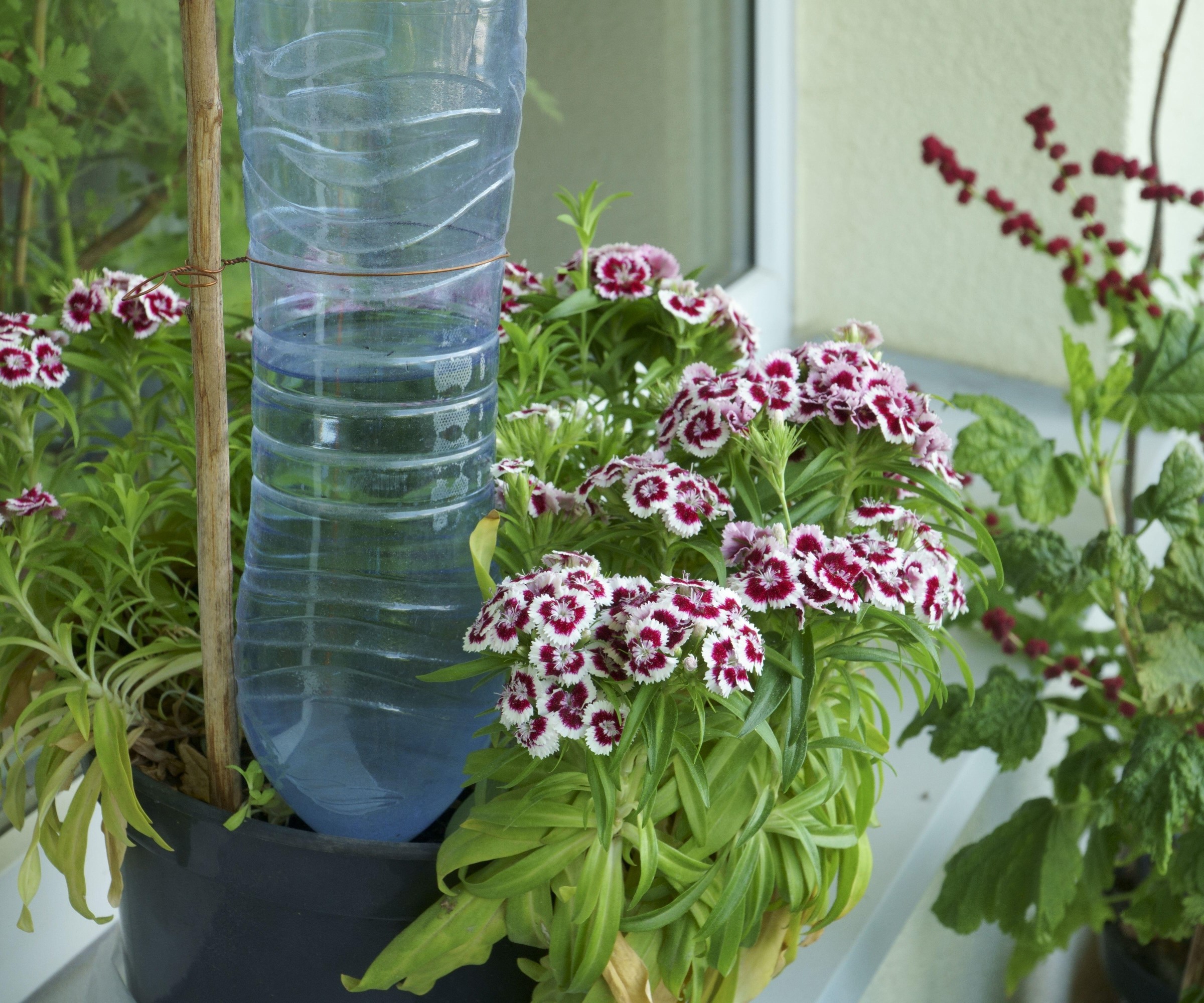
DIY bottle irrigation system in action
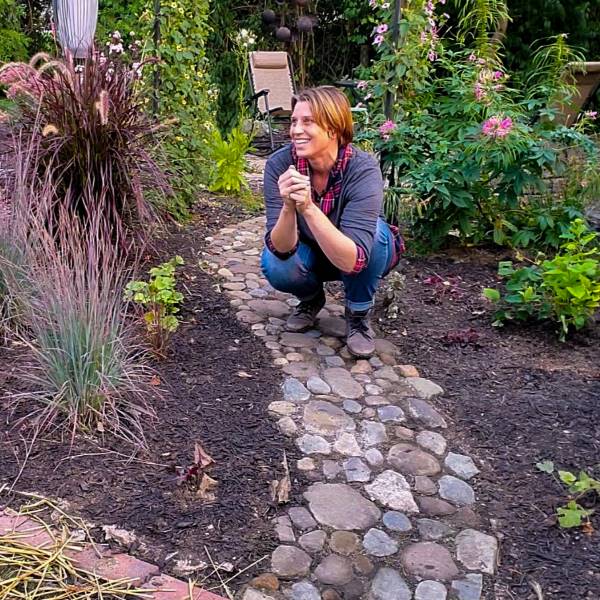
Amy Fedele is the founder of Pretty Purple Door and has been a garden designer since 2014 and graphic designer since 2005. She helps home gardeners design their own beautiful landscapes that are colorful in all four seasons.
2. Drip hose
While it is simple to make a bottle irrigation system that can keep one plant hydrated, you can even make your own drip hoses to water lots of plants. You can make a DIY drip hose by simply adapting an old hose you may have lying around at home, or using old PVC pipes with holes in.
Dan Bailey, president at WikiLawn, says: ‘Puncture some holes on one side of the hose about 1 to 2 inches apart. Attach a hose cap to one end of the hose and make sure it's long enough to reach from the spigot to your garden. Turn on the water low enough to get a drip and not a spray. With the hose cap at the other end, water should go through the hose and gradually drip out of each hole.’
The advantage of drip hoses, also commonly known as soaker hoses, is that they deliver water to the base of the plants where it is needed most. Watering the foliage from above is a common garden watering mistake that people make and it can lead to issues with fungal diseases, such as powdery mildew. Such drip irrigation techniques also help to slowly get more water down into the rootzone and are a great way to keep soil moist, even during hot weather.
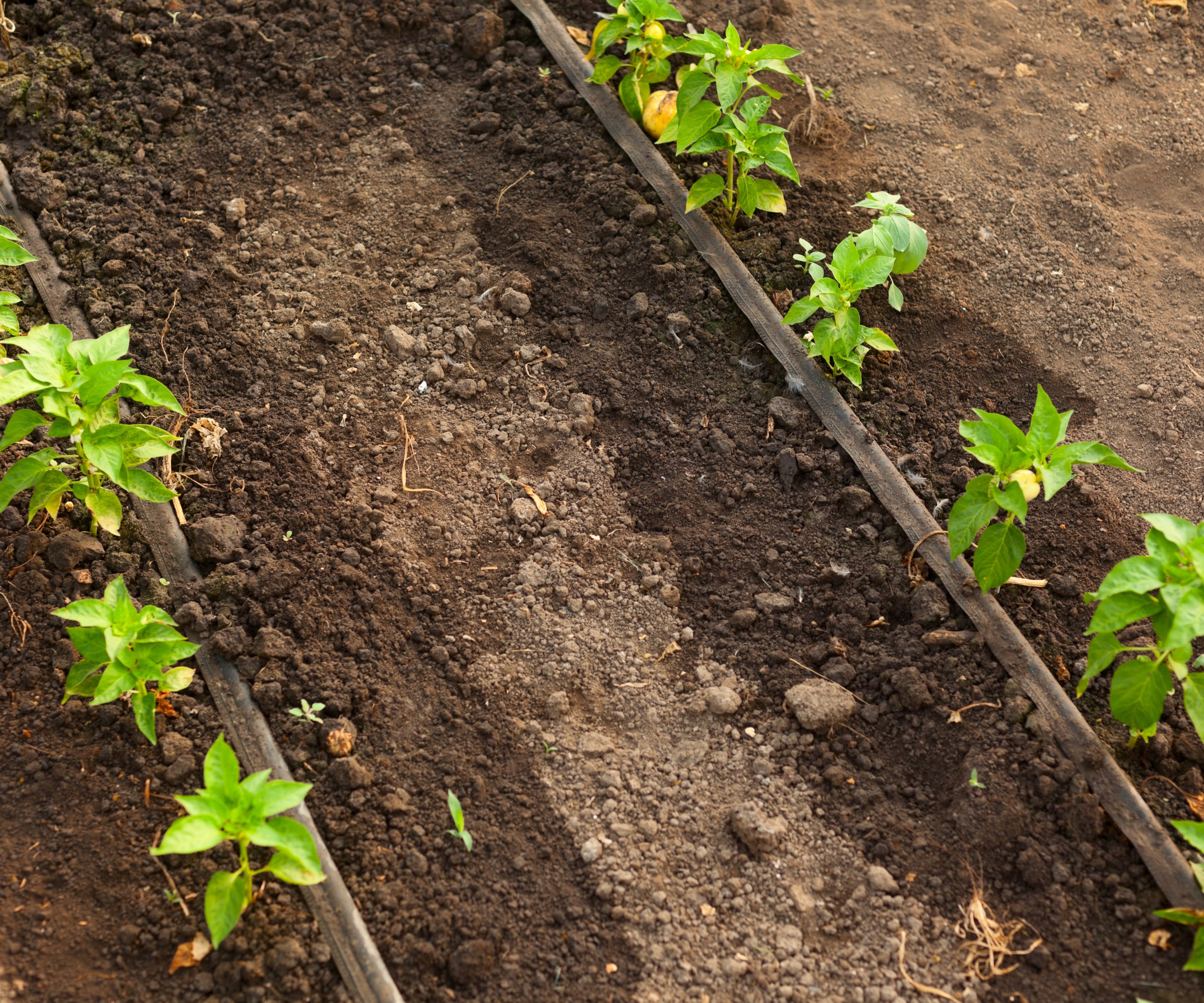
Drip hoses slowly water the rootzone of plants
3. Bucket drip system
If you do not want to have to move hoses or lug heavy watering cans around the backyard, then you could use a large bucket to make a low-tech irrigation system. This form of watering system is best used for recently planted medium or large plants or those that will benefit from a long and slow watering.
Take a 5-gallon bucket, which you can get at Amazon, and drill a small hole in the side. Fill the bucket with water and place it next to the plant you are targeting. The water will slowly drip out of the hole, providing a deep and large drink to the plant. If you wanted to target two plants, then holes could be drilled on two sides to slowly water more than one plant.

A bucket watering system can give plants a good drink
4. Milk jug irrigation
If a bucket is too large for your requirements, then a smaller version can be done utilizing a milk jug. Trevor Lively, president of Blue Jay Irrigation, describes a milk jug irrigation system as ‘an economical and reliable option’ for home gardeners as it ‘provides a simple and effective DIY drip irrigation solution for your garden'.
Simply make small holes in the bottom of any milk container and it can turn it into a simple drip-watering device. It is best to use nails that have been heated up via a lighter or stove to ensure they pierce the plastic and make precise small holes. And make up to four holes in the base of the milk container.
The containers can be buried in the ground and filled up to slowly seep water over time, providing moisture to surrounding plants in a similar way as a traditional terracotta garden olla does.
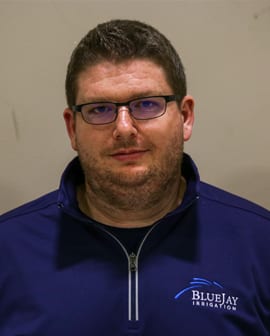
Trevor Lively is the president of Blue Jay Irrigation, a company operating out of London, Ontario, that has professionally serviced residential, commercial and golf industry clientele for over 35 years

Milk jugs can have many uses in the yard, including protecting plants from being nibbled
5. Wicking systems
Self watering planters work via capillary action to keep the soil moist by drawing water up from its build-in reservoir. This process, where water is drawn up against gravity, is also referred to as ‘wicking’ and can be used as part of DIY systems. This can be a unique way to water indoor plants or any plants as part of a container garden and is a very effective way of providing constant moisture.
The simplest form of wicking sees string, shoelaces, or other material, be laid with one end in a container of water and the other buried in the soil of a container plant. You can water multiple houseplants from one water source for a period of time in this way.
Going a step further forward involves making a DIY self-watering planter. In this scenario, the wick is pushed into the plant’s root ball and fed through the bottom of the pot and into a reservoir of water underneath the pot.
As well as using unorthodox methods or items to help water the garden, there are also some more unusual ways to keep plants hydrated. While watering plants with bath water can be one way to help lead a more eco-lifestyle, some people are even known to water plants with milk. However, the latter does come with some risks and may be better suited as an occasional boost of nutrients rather than a regular watering practice.
Sign up to the Homes & Gardens newsletter
Design expertise in your inbox – from inspiring decorating ideas and beautiful celebrity homes to practical gardening advice and shopping round-ups.

Drew’s passion for gardening started with growing vegetables and salad in raised beds in a small urban terrace garden. He has worked as a professional gardener in historic gardens and specialises in growing vegetables, fruit, herbs, and cut flowers as a kitchen gardener. That passion for growing extends to being an allotmenteer, garden blogger, and producing how-to gardening guides for websites. Drew was shortlisted for the New Talent of the Year award at the 2023 Garden Media Guild Awards.
-
 Plants never to grow next to fruit trees
Plants never to grow next to fruit treesExpert advice on which plants to keep away from fruit trees to encourage a healthy harvest
By Jacky Parker Published
-
 Martha Stewart's tips for arranging daffodils are unbelievably simple and effective – it's the only flower advice you need this springtime
Martha Stewart's tips for arranging daffodils are unbelievably simple and effective – it's the only flower advice you need this springtimeMartha shows us that we can create gorgeous bouquets of this seasonal flower by simply trimming the stems and placing them in specific vases
By Hannah Ziegler Published